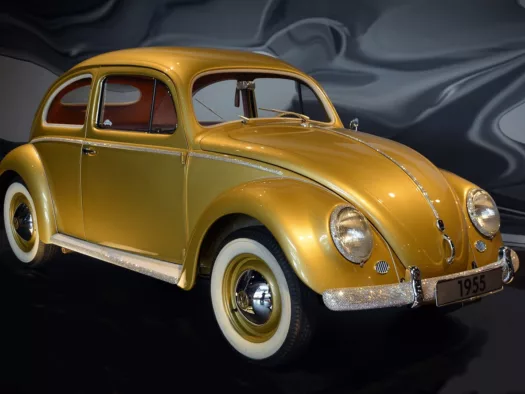Things I really need
After the Second World War, the German economy quickly began to grow again. From 1950, unemployment dropped, and by 1957, there was even full employment. The housing shortage in Germany declined, while foreign trade was booming. This economic miracle, in combination with the stagnating cost of living, caused purchasing power to increase in the 1950s: Germans had more money to spend – initially on urgently needed items such as furniture, clothing, electrical appliances and cars. And then finally also on holidays again. The symbol of this upswing was the VW Beetle, the first car produced with the goal of being affordable for everyone in Germany.
Our diet has changed too: today, everyone can afford what were once luxury goods such as meat or food from faraway lands. The reason for all this is the industrialisation of agriculture. Between 1950 and 1990, agricultural production in Germany doubled. Individual farming enterprises kept increasing in size and smaller farms went out of business: the number of farms declined from 900,000 in 1975 to 240,000 in 2018.[1] The consequences for the environment: intensive fertilisation has damaged the soil; monocultures have destroyed biodiversity; and animals are not kept in a species-appropriate manner.
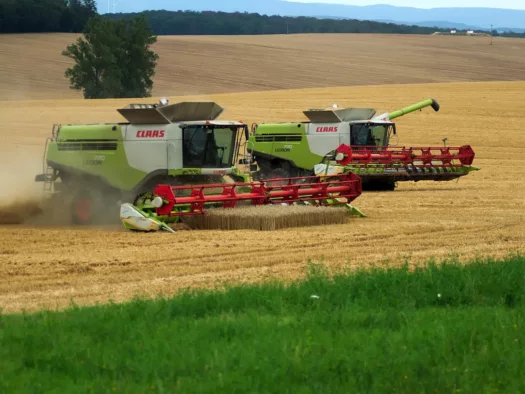
Industrial agriculture on a grain field in summer.
Foto: Hans Linde auf pixabay
Producing the food on our plates requires lots of areas of surface: whether for grazing large herds of animals or growing fruits, vegetables or feed. But intensive agricultural use has left its mark: around the world, some two billion hectares of cropland and pasture have been severely degraded. That’s 15 per cent of the world’s soils. But is this push for “more and more” necessary? In Germany alone, 300 kilograms of edible food are thrown away every single second.
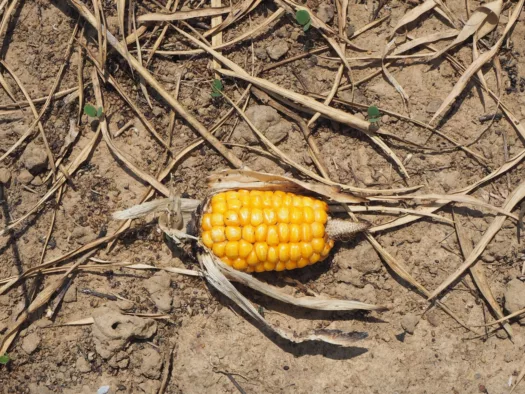
More on the plate, less in the soil: Intensive agricultural use causes lasting damage to fields and pastures.
Foto: pixabay
In price-adjusted terms, disposable income in Germany has increased fivefold since the 1950s. Germans like to invest their money in consumer goods. Around 30 per cent of Germans say that shopping is a hobby for them. As their desire to buy things grows, so does the variety of goods on offer: from 1995 to 2015, the number of products in supermarkets roughly doubled.
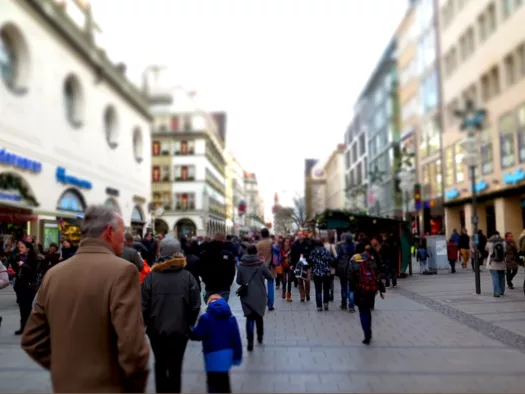
Shopping has become a favourite leisure activity for many people.
Foto: pixabay
In the course of our lives, we consume about 77,000 cups of coffee. However, the production of one kilo of coffee consumes 21,000 litres of water. We eat 3,360 bars of chocolate. Producing one kilo of cocoa requires 27,000 litres of water. Many foods that we consider commonplace are actually luxury goods. And many of them contain large quantities of invisible resources – whether raw materials or transport kilometres. Nevertheless, we’re reluctant to do without these “luxuries”. On the contrary: sales of avocado, coffee and the like are on the rise. And there’s no end in sight.[2]

Whether from an espresso machine or the good old-fashioned coffee machine with filter, Germans consume a lot of coffee.
Foto: pixabay
97 per cent of all households in Germany own at least one mobile phone. We usually buy a new device every two years. There’s a flat-screen TV in 85 per cent of German flats. 77 per cent have a car.[3] Each of these devices consumes a lot of resources in production, use and disposal – but do we really need all of these things?[4]
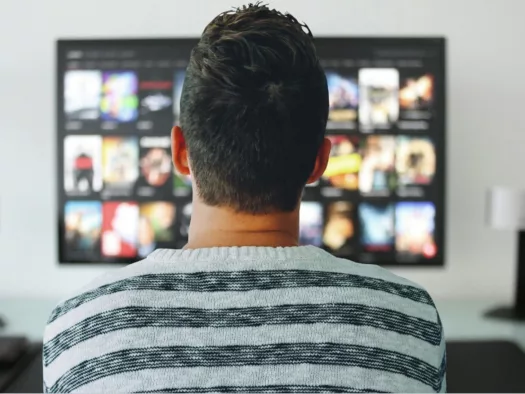
It is almost impossible to imagine a home without it: 85 per cent of Germans own a flat-screen TV.
Foto: pixabay
